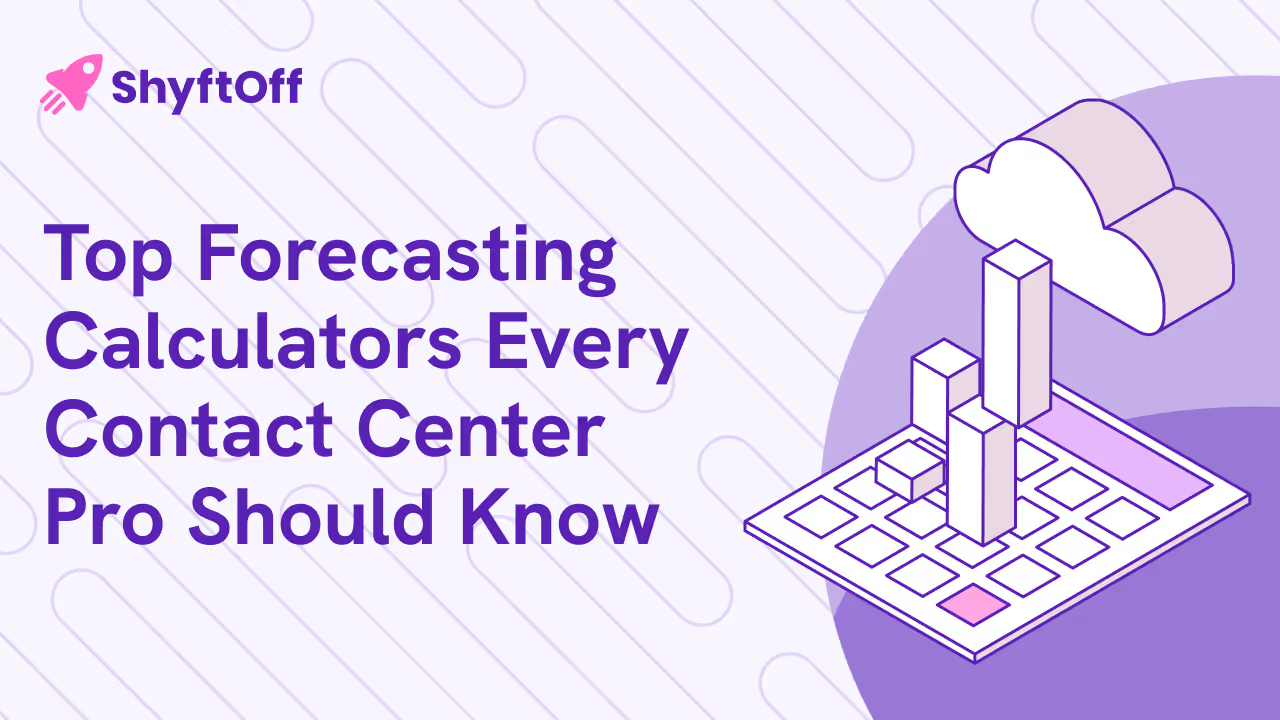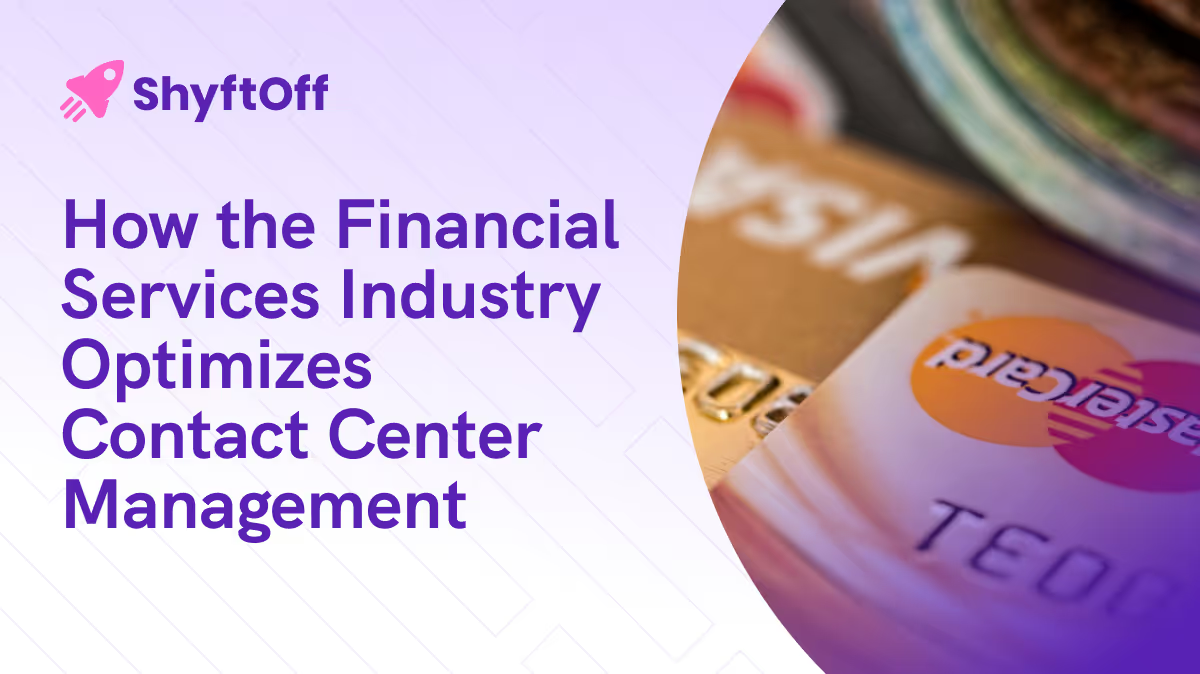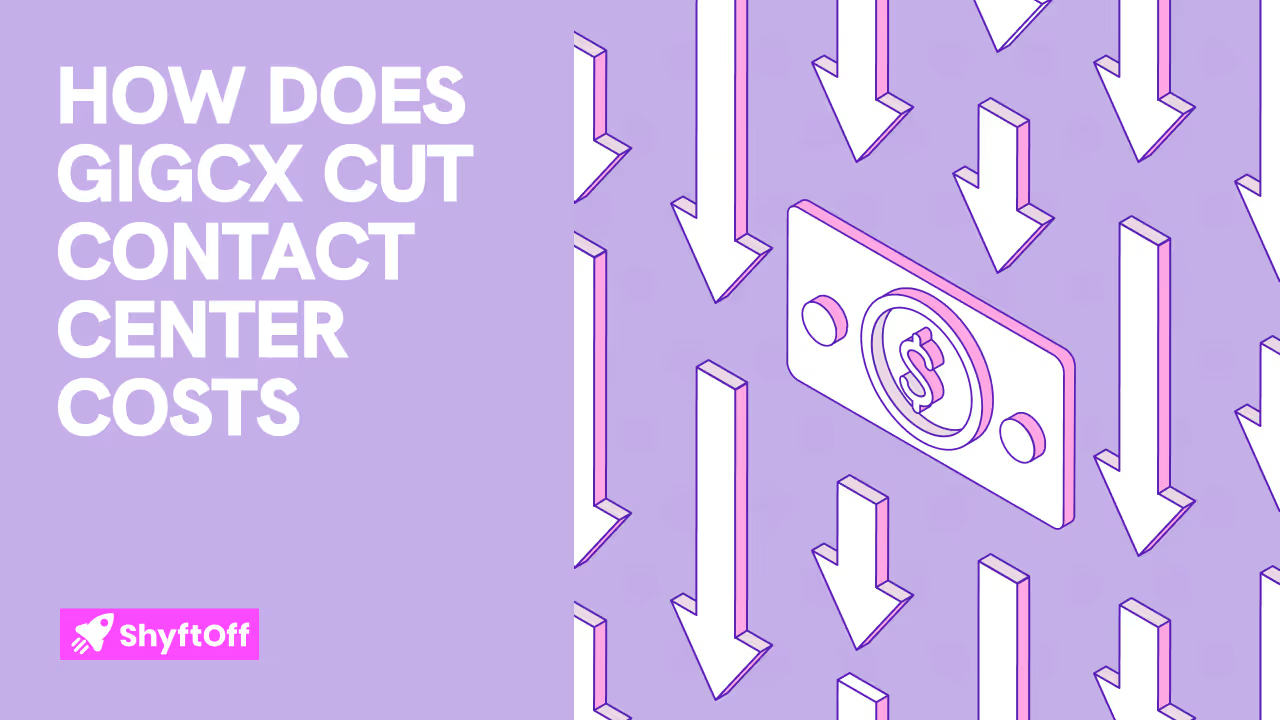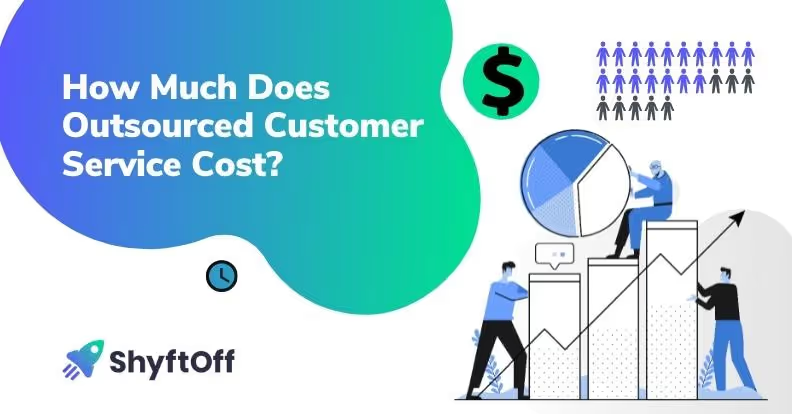Forecasting Calculators
Forecasting is crucial for any contact center to efficiently allocate resources, manage agents, and meet customer expectations. The right calculator can simplify this complex process, ensuring you make decisions rooted in data. Here's a compilation of top forecasting calculators that every contact center professional should be familiar with:
Erlang C Calculator
Erlang C is a tried-and-true formula used to calculate the number of agents required to handle call volume within a set service level and response time. This formula considers factors like call arrival rates and average handle time.
Why It's Valuable: It's the backbone of call center forecasting, ensuring staffing levels match anticipated call volumes. Research shows appropriate staffing levels lead to higher customer satisfaction rates and lower operational costs.
Shrinkage Calculator
Shrinkage represents the percentage of time that agents are not available to handle customer interactions due to breaks, training, meetings, and unexpected absenteeism.
Why It's Valuable: Understanding shrinkage is vital to adjust staffing needs. If you don't factor in shrinkage, you risk being understaffed, which can hurt customer satisfaction.
Service Level Calculator
This calculator helps contact centers determine the percentage of calls that will be answered within a specific time frame.
Why It's Valuable: Meeting desired service levels ensures customer satisfaction and loyalty. Research indicates that long wait times can lead to customer attrition.
Average Handle Time (AHT) Calculator
AHT measures the average time an agent takes to handle an interaction from start to finish, including talk time and post-call work.
Why It's Valuable: Knowing the AHT helps in determining staffing requirements and identifying areas for process improvement.
Queueing Theory Calculator
This mathematical approach evaluates how calls are lined up in a queue, considering aspects like arrival and service rates.
Why It's Valuable: By understanding how calls queue, centers can make adjustments to reduce wait times and improve service levels.
Cost per Contact Calculator
This calculates the total cost of handling a customer interaction, factoring in wages, overhead, and other operational costs.
Why It's Valuable: It offers insights into operational efficiency and can guide budgeting decisions.
Forecast Accuracy Calculator
This tool measures the accuracy of your past forecasts by comparing them against actuals, helping pinpoint the degree of variance.
Why It's Valuable: Constantly refining your forecasts based on accurate insights leads to better staffing decisions and cost optimization.
Net Promoter Score (NPS) Calculator
While not strictly a forecasting tool, NPS measures customer satisfaction and loyalty by asking how likely they are to recommend your service.
Why It's Valuable: Understanding customer satisfaction metrics can influence future staffing and training decisions, which ultimately impacts the forecast.
Effective forecasting is integral for a seamless contact center operation. By leveraging these calculators and understanding their value, operators can ensure that their centers are well-equipped to handle customer demands efficiently while also keeping costs in check and satisfaction rates high.
To learn more about other challenges GigCX solves for contact centers, check out these resources:
- 3 Reasons On-Demand Contact Centers Are the New Gold Standard
- Best Practices for Staffing Your Contact Center
- A Must-Read Playbook for Solving Busy Season Staffing Challenges
Let’s make this holiday season your easiest one yet. Get started with your GigCX pilot this week. Contact our team to get started.












%2520(1)%2520(1).avif)









.avif)


.avif)




.avif)




.avif)


.avif)




%2520(2).avif)








.avif)



